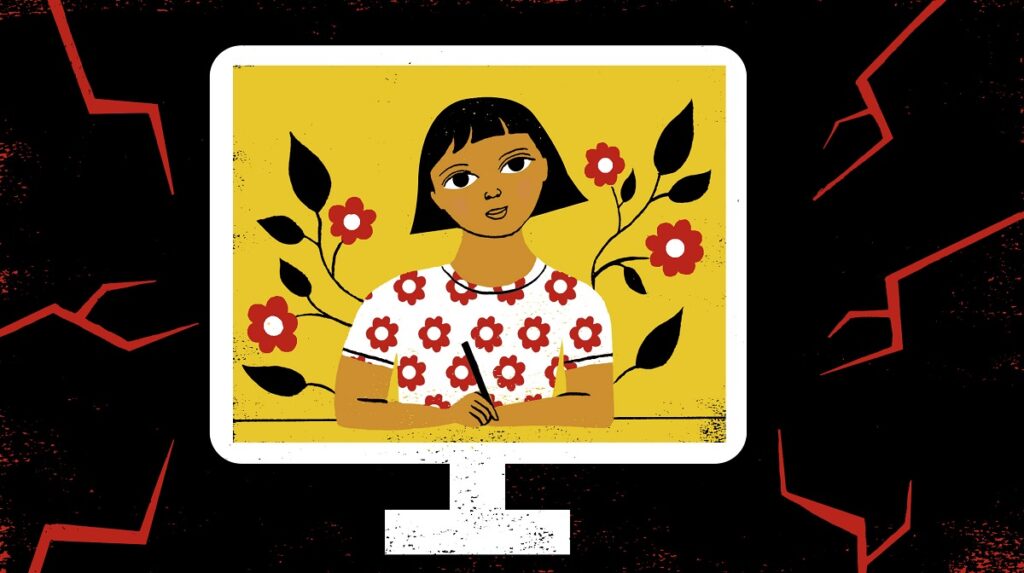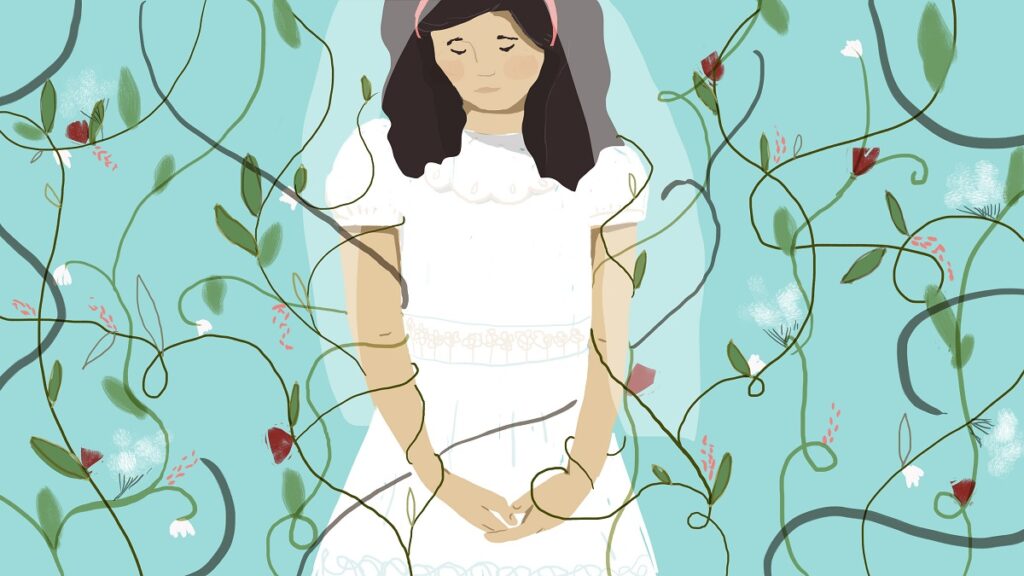Being a Girl Child in the Post-Pandemic World
Earlier last year, the whole world scurried back into their houses, hoping to protect themselves from the dangers posed by the alien and strange virus. However, while we stayed at home, baked banana bread, made Dalgona coffee, and complained about the world has come to a standstill, for many others, time only went backward. Their houses, unlike ours, have failed to be their haven for safety. While living through the COVID-19 Pandemic, these girls are also silently trying to battle through the “shadow pandemic.”
Gender-based Violence
The pandemic and the consequent quarantine situation has resulted in a drastic increase in gender-based violence (GBV) perpetrated against girls. The lockdown period restricted the girls’ movement and mobility, thus increasing their exposure to their abusers.

Education and Child Labour
Even a pre-pandemic world could not have boasted of a high female literacy in many countries, and the pandemic has only made things worse. Young and adolescent girls are often expected to lend hands to their mothers (or any other female caregivers) for any household work or caregiving duties. On top of that, as education becomes more and more inaccessible for families that live in poverty or socio-economically difficult situations, it is usually the girl child who is encouraged to drop out of school in most cases. Thus, the much fussed about online classes only become far fetched dreams for many little girls across the country and the world. The issues related to the closure of schools are manifold.
In the absence of parental employment and a source of financial stability, parents might turn to their children to relieve economic stress. More often than not, the girl child is sent for work as domestic help or other such roles as female education receives less importance.

Child Marriage and Early Pregnancy
Besides pushing them away from education, the pandemic has also reversed years of progress in terms of child marriage. According to Save the Child, in the coming 5 years, one can expect around 2.5 million child marriages to happen across the globe. Not being able to bear the economic deterioration which has brought in by the pandemic, many families get their daughters married to often relieve themselves of one economic “burden” or even receive financial help in the name of dowry.
As per one of the World Bank estimates, almost one million girls worldwide are at risk of becoming pregnant because of the lockdown and the resulting inaccessibility to reproductive health services. In fact, the stigma surrounding pregnancies out of wedlock might be another factor leading to these girls’ early marriages. Other than that, difficulty accessing menstrual hygiene products and other sexual and reproductive health services might result in increased health risks.

Malnutrition
With the increase in poverty, one can even expect to see a subsequent rise in cases of child malnutrition. Sadly, however, in India, even malnutrition is a gendered issue that results in a higher number of girl child malnutrition cases compared to their male counterparts. The reason behind this follows from the prevalent practice of son preference in India and the idea that the sons need to grow up to be stronger and healthier and therefore need more food.
Conclusion
The progress and empowerment that we have been beating our chests seem to have been walking on eggshells all along. It took one pandemic to take us backward almost a decade into our progress. While most of us sat in the safety and comfort of our homes, applauding the development that allows us to survive and enjoy the remote lifestyle, we failed to realize that we have been going back in time, simultaneously. Progress, safety, and comfort are more often than not very fragile concepts when you are a girl child in India.
Author

